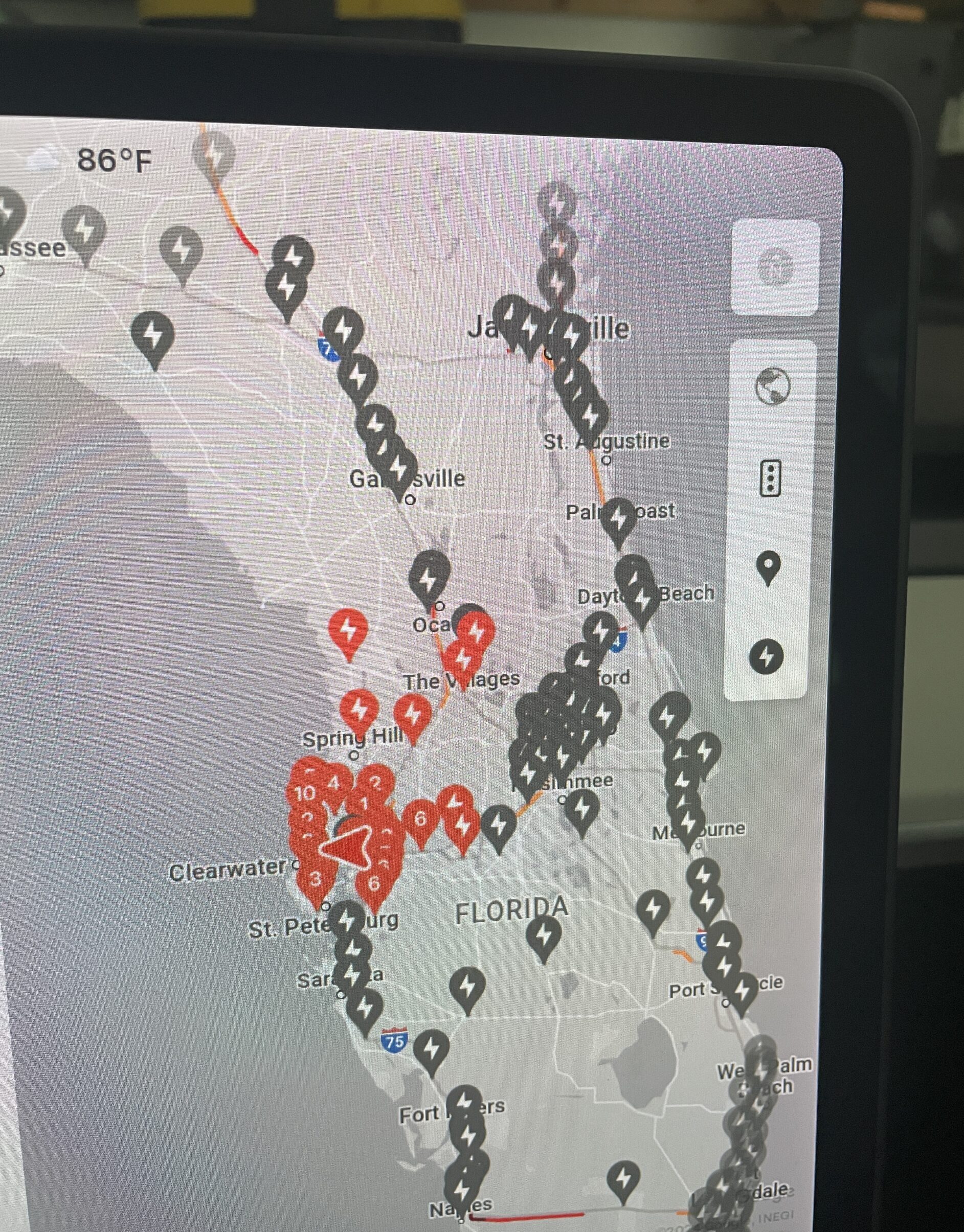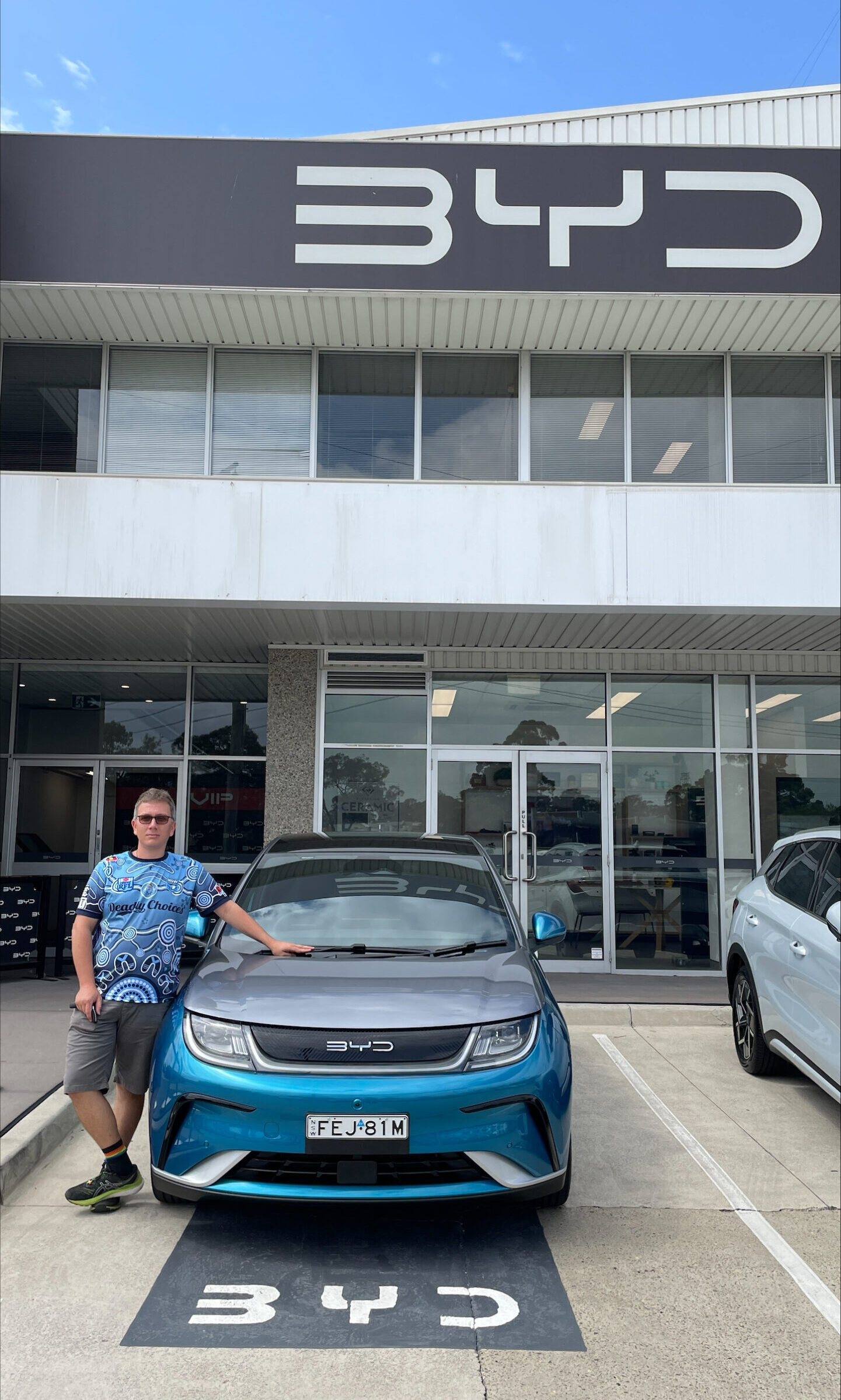Sign up for daily news updates from CleanTechnica on email. Or follow us on Google News!
Despite opposition from the usual suspects, renewable energy stakeholders continue get their hands on investor dollars. In the latest development, the US startup BrightNight has just nailed down a new $375 million line of credit that will enable it to push ahead with a gigantic portfolio of 31 gigawatts’ worth of wind, solar, and energy storage projects. Wait…BrightNight who? And what is a green loan?
The Secret Renewable Energy Giant
BrightNight has become a renewable energy force to be reckoned with since it launched in 2018, but somehow it has stayed largely out of the media spotlight.
CleanTechnica, for example, only caught on four years after the launch. In 2022 we took note of the company’s role in fostering a solar power makeover for the coal state of Kentucky.
At the time, the Kentucky solar industry was deep in the doldrums. The state held down the lowly 46th position in the state-by-state solar capacity tracker of the Solar Energy Industries Association.
“According to figures from the Solar Energy Industries association, as of Q2 this year Kentucky only had a total of 78 megawatts in solar capacity under its wing. Other nearby states with a similar population fared much better, with Louisiana coming in at 211 megawatts and Alabama clocking 578,” we observed.
“Hold on to your hats, because a change is coming,” we added. “The PV developer BrightNight, for example, has a 125-megawatt project under way in McCracken County.”
Little did we know, that was just the tip of the BrightNight iceberg. Last June the company noted that its portfolio of renewable energy projects in Kentucky stood at 2,000 megawatts in capacity.
In July, BrightNight outlined a new project aimed at transforming the former Starfire coal mine — once among the largest coal mines in the US — into a massive solar power plant. A new 20-mile transmission line is also part of the project. The work will take place in four stages beginning with a 210-megawatt array, leading up to a total of more than 800 megawatts.
“When completed, it will be the largest renewable power project in Kentucky and one of the largest in the nation to be built on former mine lands, representing a $1-billion infrastructure investment,” BrightNight notes.
A Big, Green Loan For BrightNight
In the latest news from BrightNight, on January 4 the company announced that it sealed a deal for a $375 million corporate credit facility, which is an extended loan that enables the borrower to avoid applying for multiple loans over a period of time.
“This significant financial milestone underscores the company’s commitment to advancing renewable energy solutions that are safe, reliable, affordable, and clean,” BrightNight explained.
“The corporate credit facility will provide BrightNight with the necessary capital to execute on its U.S. project portfolio which includes solar, energy storage, and integrated technologies providing value-add renewable power solutions for its customers,” they added.
“The credit facility is structured as a Green Loan in alignment with Green Loan principles,” they added some more.
So, what is a Green Loan? CleanTechnica first came across the topic just a couple of weeks ago, when we noticed that a Green Loan had been procured by the developer of the Massive SunZia renewable energy project. Consisting of a 3.5-gigawatt wind farm and a 550-mile transmission line, it will sprawl across New Mexico and Arizona.
If you’re familiar with green bonds, that might help. “Green bonds work similarly to a traditional bond issuance, except the funds are slated for use in energy efficiency, renewable energy, or other projects that meet certain sustainability requirements,” explains the US Department of Energy.
The basic elements that distinguish a green bond from other bonds were formally established as Green Bond Principles in 2018, through the International Capital Market Association.
“The Green Bond Principles…seek to support issuers in financing environmentally sound and sustainable projects that foster a net-zero emissions economy and protect the environment,” explains ICMA (see more green bond news here).
Similarly, the Green Loan Principles were also formalized in 2018, through the Loan Syndications and Trading Association. LSTA explains that the green loan market “aims to facilitate and support the key role that credit markets can play in financing progress towards environmental sustainability.”
“The Green Loan Principles…aim to promote the development of the green loan product by providing a recommended framework of market standards and guidelines for use across the green loan market,” they add.
Who’s Afraid Of The ESG?
Oh the irony, it burns. We bring all this up because partisan public officials in Kentucky and elsewhere have been on a rampage against all things green. Apparently they haven’t discovered green loans yet, but they have been taking action against financial firms that follow ESG (environment, social, governance) principles, otherwise known as responsible investing or just plain old common sense.
The anti-ESG movement touts itself a protector of the public interest, in which case they may want to clean up their own glass houses before throwing stones. Kentucky is a case in point. Former Attorney General Daniel Cameron spent his last year in office threatening legal action against six leading banks for on the grounds that their ESG policies discriminate against Kentucky businesses that “reject the Biden Administration’s anti-fossil fuel climate agenda.” Nevertheless, Kentucky itself has a hand in promoting the Biden Administration’s anti-fossil fuel climate agenda.
For example, the state’s Economic Development Finance Authority has invested plenty of public dollars to bring a new Nucor steel plant to Brandenburg, including up to $40 million in tax incentives along with other goodies. The new plant will produce heavy-guage steel for use in the wind industry. Nucor also produces steel for the solar industry at its plant in Ghent, Kentucky.
Then there’s Ford and SK, which brought the single largest economic development project in Kentucky history to the state, in the form of two new EV battery factories. In addition to an incentive package estimated at $310 million, Kentucky provided a 1,551-acre site for the project.
Just saying. There are similar examples among the 20 or so states that have taken legislative or legal action against firms that follow ESG investing guidance. For that matter, BrightNight is headquartered in Florida, where anti-ESG fever runs hot. If you can spot any more examples, drop us a note in the comment thread.
Follow me @tinamcasey on Bluesky, Threads, Post, and LinkedIn.
Image: Solar array courtesy of renewable energy developer BrightNight.
Have a tip for CleanTechnica? Want to advertise? Want to suggest a guest for our CleanTech Talk podcast? Contact us here.
Our Latest EVObsession Video
I don’t like paywalls. You don’t like paywalls. Who likes paywalls? Here at CleanTechnica, we implemented a limited paywall for a while, but it always felt wrong — and it was always tough to decide what we should put behind there. In theory, your most exclusive and best content goes behind a paywall. But then fewer people read it!! So, we’ve decided to completely nix paywalls here at CleanTechnica. But…
Thank you!
CleanTechnica uses affiliate links. See our policy here.

.jpg)


